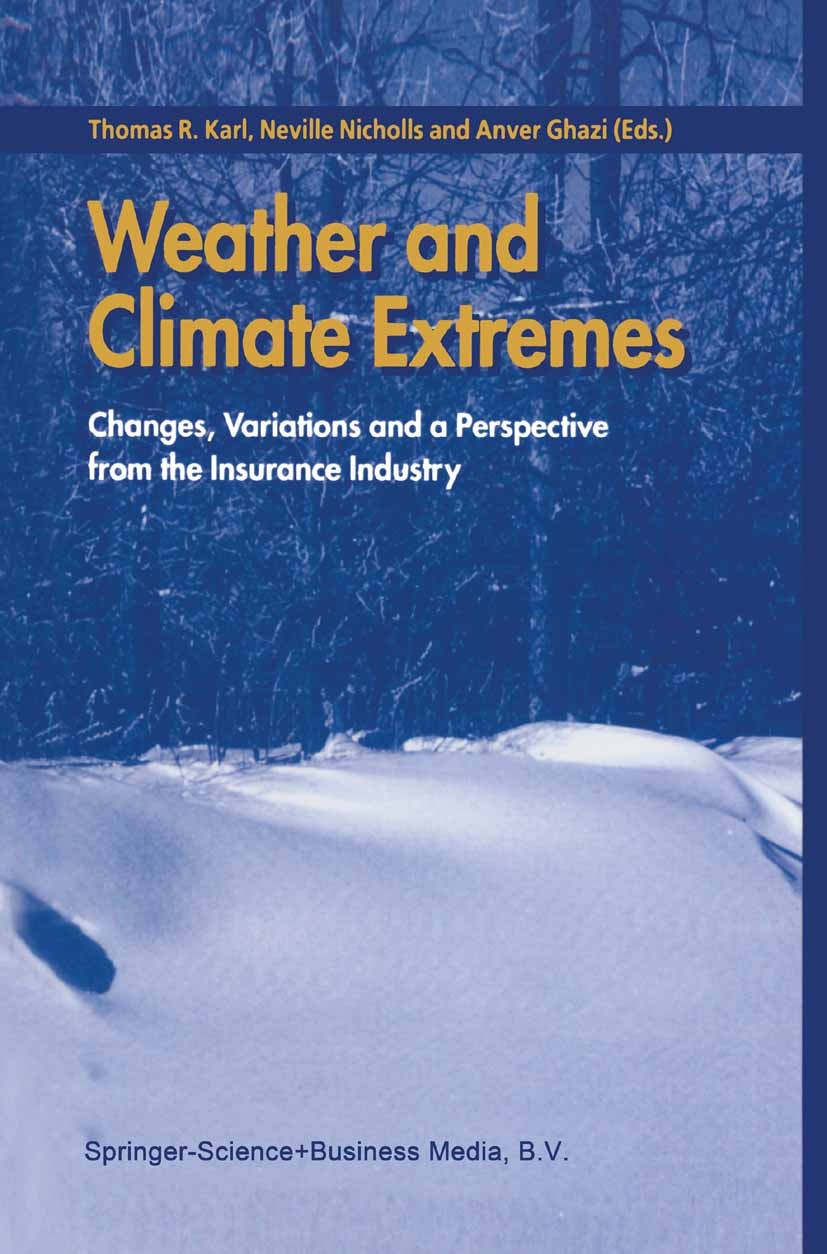Data-driven upper bounds and event attribution for unprecedented heatwaves
IF 6.9
1区 地球科学
Q1 METEOROLOGY & ATMOSPHERIC SCIENCES
引用次数: 0
Abstract
The last decade has seen numerous record-shattering heatwaves in all corners of the globe. In the aftermath of these devastating events, there is interest in identifying worst-case thresholds or upper bounds that quantify just how hot temperatures can become. Generalized Extreme Value theory provides a data-driven estimate of extreme thresholds; however, upper bounds may be exceeded by future events, which undermines attribution and planning for heatwave impacts. Here, we show how the occurrence and relative probability of observed yet unprecedented events that exceed a priori upper bound estimates, so-called “impossible” temperatures, has changed over time. We find that many unprecedented events are actually within data-driven upper bounds, but only when using modern spatial statistical methods. Furthermore, there are clear connections between anthropogenic forcing and the “impossibility” of the most extreme temperatures. Robust understanding of heatwave thresholds provides critical information about future record-breaking events and how their extremity relates to historical measurements.
前所未有热浪的数据驱动上限和事件归因
在过去的十年里,全球各地都出现了无数破纪录的热浪。在这些毁灭性事件之后,人们对确定最坏情况的阈值或上限感兴趣,这些阈值或上限可以量化温度会变得多热。广义极值理论提供了极端阈值的数据驱动估计;然而,未来的事件可能会超过上限,这将破坏热浪影响的归因和规划。在这里,我们展示了观测到的前所未有的、超过先验上限估计的事件(所谓的“不可能的”温度)的发生和相对概率是如何随时间变化的。我们发现,许多前所未有的事件实际上在数据驱动的上界内,但只有在使用现代空间统计方法时。此外,在人为强迫和最极端温度的“不可能”之间存在明显的联系。对热浪阈值的深入了解为未来破纪录事件及其极端程度与历史测量的关系提供了关键信息。
本文章由计算机程序翻译,如有差异,请以英文原文为准。
求助全文
约1分钟内获得全文
求助全文
来源期刊

Weather and Climate Extremes
Earth and Planetary Sciences-Atmospheric Science
CiteScore
11.00
自引率
7.50%
发文量
102
审稿时长
33 weeks
期刊介绍:
Weather and Climate Extremes
Target Audience:
Academics
Decision makers
International development agencies
Non-governmental organizations (NGOs)
Civil society
Focus Areas:
Research in weather and climate extremes
Monitoring and early warning systems
Assessment of vulnerability and impacts
Developing and implementing intervention policies
Effective risk management and adaptation practices
Engagement of local communities in adopting coping strategies
Information and communication strategies tailored to local and regional needs and circumstances
 求助内容:
求助内容: 应助结果提醒方式:
应助结果提醒方式:


